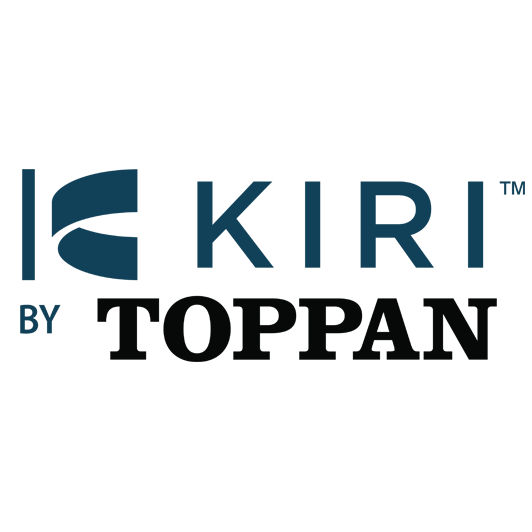Celebrating building materials and products that go beyond sustainable
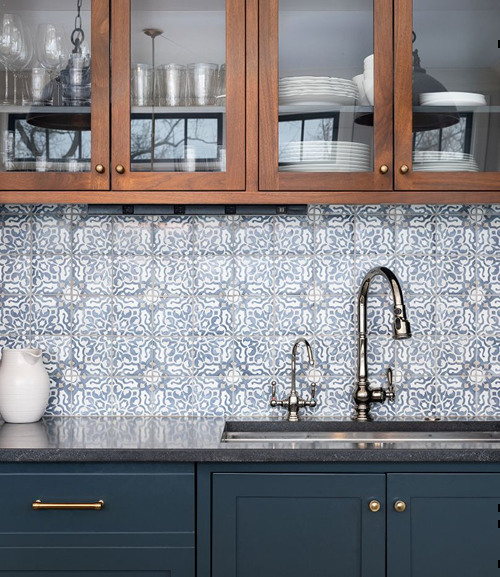
Wood-based building materials store more carbon than is released in their manufacture and use
Which materials used by every builder and major furniture producer are ‘Climate Positive’ Now?
Wood and wood-based products! (That’s it…the entire list.)
Wood stores more carbon than is released in its production and use, reducing greenhouse gases in the atmosphere.
Climate Positive describes any activity that goes beyond achieving net-zero carbon emissions, benefiting the environment by removing additional carbon dioxide from the atmosphere. Most industries are setting goals to become Climate Positive in the future, or are purchasing carbon-offset credits to be able to make that claim.
Wood and wood-based products are truly climate positive now.
Here’s how wood-based materials support the health, safety, and welfare of people and our planet
It starts in the forests…
Modern forestry management restores healthy forest ecosystems. North America’s lumber-producing snow forests are designed by nature to regrow after being decimated by fire, wind, or insects every 40 years or so. Well-intentioned humans have interrupted these cycles to protect private and public property.
Responsible management echoes forests’ natural rhythms by harvesting plots of older trees before they lose their ability to absorb carbon and produce oxygen. The resulting open meadows are perfect for the next generation of young, healthy trees, and more attractive to birds and animals.
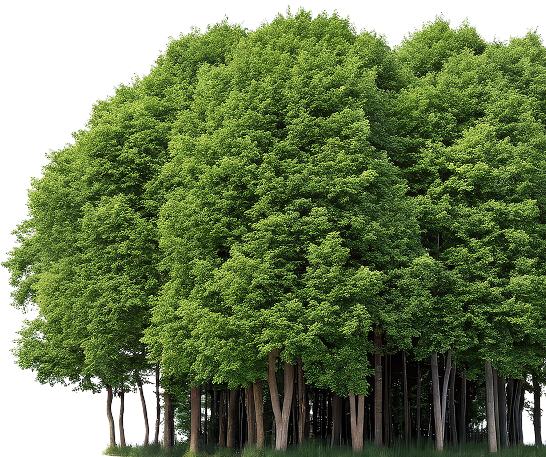
Wood is nature’s
perfect carbon sink
Trees absorb CO2 from the atmosphere as they grow, releasing the oxygen, and using the carbon to grow. Half of the chemical makeup of wood is naturally captured carbon, which isn’t released back into the atmosphere until it decomposes or burns. This can mean decades or even hundreds of years of carbon sequestration.
Wood components store more carbon than is released in their production
Every cubic meter of solid wood stores around 300 kgs. (660 lbs.) of naturally captured carbon
Wood is unique among building materials for many reasons. Yes, its chemical makeup is 50% naturally captured carbon by dry weight. It’s also:
- Infinitely renewable when properly managed
- Easy to source
- Easy to harvest
- Usually doesn’t have to travel far to the sawmill
- Easy to fabricate into many, many different products; and
- Uses tools and processes that consume much less energy than is required to make products from glass, steel, aluminum, plastic, concrete…and just about every other building material.
After we calculate the low amount of energy required to turn trees into furniture and millwork, we find that wood’s stored carbon more than offsets what we “spend” in that process. Much more.
This is the essence of “Climate Positive.”

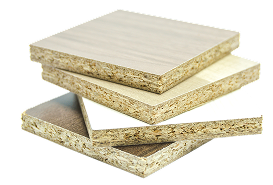
Composite wood panels are made with the waste from other woodworking processes
Products like particleboard and MDF begin life as recycled materials. They’re made from a combination of small or lower‑grade parts of trees that aren’t suitable for solid wood components; waste wood from sawmills and furniture operations that would otherwise be landfilled or burned; and low‑value, fast‑growing trees.
Before composite wood panels, we were only able to use about half of a harvested tree. The rest was burned or left to decompose, returning all that stored carbon to the atmosphere.
Materials like particleboard and MDF now allow us to use over 99% of every harvested tree.
Like solid wood, composite wood panels are 50% naturally captured carbon by weight. This means an 80-lb. sheet of particleboard is storing about 40 lbs. of naturally captured carbon.
LCAs show that a cubic meter of composite wood has a carbon footprint of NEGATIVE 780 kgs. (1,720 lbs.!) of CO2e.

Durable finishes and decorative surfaces extend the life of wood materials
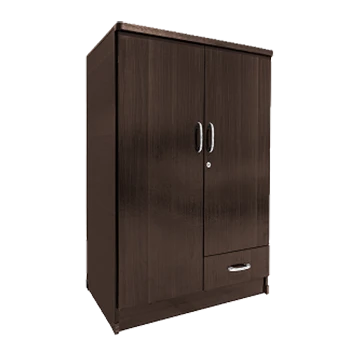
Extending the useful life – and the length of carbon sequestration – of wood and wood-based products requires surfacing them with durable finishes, coatings, or laminates.
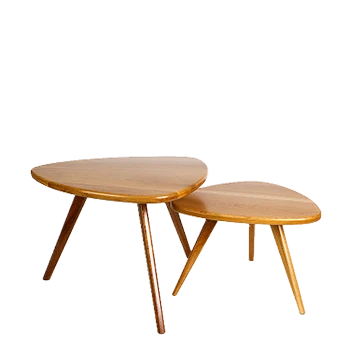
These finishes and surfaces also help producers and manufacturers sell more wood products by meeting demands for a wide range of classic and emerging design trends.
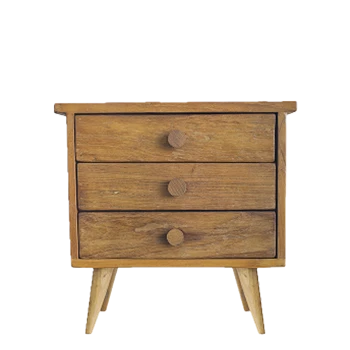
The longer these materials are in use, the longer that carbon is stored. Fewer repairs required also saves energy and materials.


